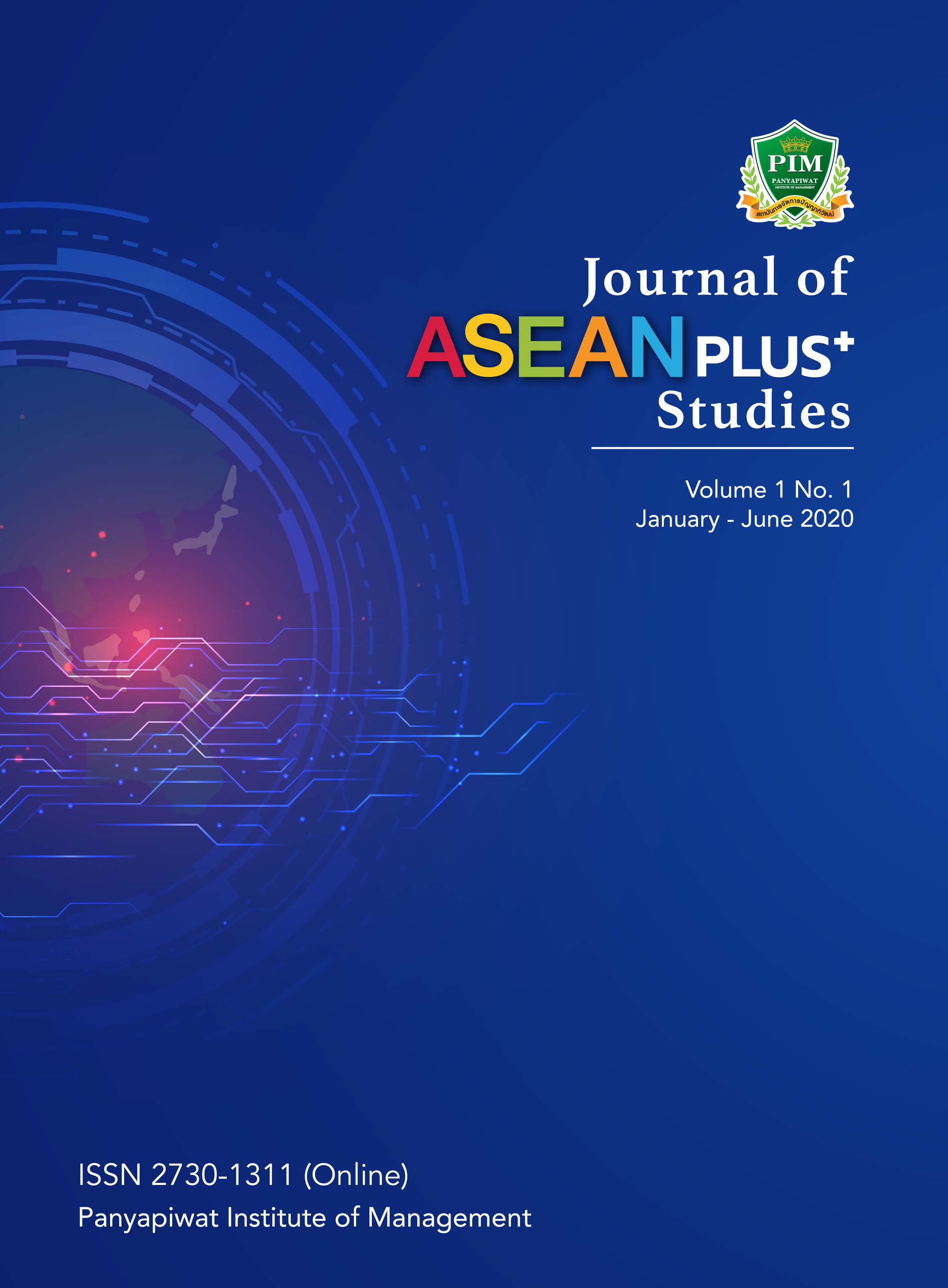Factors Influencing Travelling Behavior and Choice Among ASEAN Population
Keywords:
Travel, behavior, ASEAN, ChoiceAbstract
The purpose of this research is to investigate factors influencing travelling behavior and choices among ASEAN population which comprises Thailand, Malaysia, Indonesia, Myanmar, Lao PDR, Cambodia, Singapore, Vietnam, Brunei, and Philippine. This study has developed some theoretical part involving panel data analysis methodology. The factors being studies are the exchange rate, tourist’s expenditure, investment on transportation, and number of hotel accommodations. The results of this research showed that all factors under study significantly and clearly affect the number of ASEAN travelers. These are, similarly, the same direction of influences of those other factors comprising of traveler spending, investment on public transportation and hotel availability. In fact, it would be illustrated that exchange rate, traveler expenses, government spending on public transportation as well as availability of hotels have also influenced on the advancement of tourism business in order to provide enough accessibility because of the expanded economic engagement towards ASEAN Economic Community, of which all government policies sharing the same objectives to prioritize and encourage it to be a future prosperity of this region. Therefore, the results of this research are like a recommendation that can be useful for the more clearly formulation of the state policy in order to achieve more effectiveness and efficiency of the development policy of the country in the future.
References
ASEAN Secretariat. (2014). ASEAN Economic Community Chartbook 2013. Jakarta, Indonesia: ASEAN Secretariat.
Chumni, M. (2011). Tourism Demand Model: determinants of Thailand's international tourist receipt. Master of Arts, International Economics and Finance, Faculty of Economics, Chulalongkorn University. [in Thai] Hsiao, Ch. (2017). Panel Models with Interactive Effects. Retrieved February 28, 2017, from https://ssrn.com/abstract=2943633
Muengin, N. & Osathanunkul, R. (2012). Estimating International tourism demands towards countries in Greater Mekong Subregion in Thailand. Bangkok: Chulalongkorn University Press. [in Thai] Parisi, C. (1990). Hotel Carbon Measurement Initiative - 15,000 Hotels and Rising. Retrieved February 28, 2017, from www.hotelnewsresource.com.
Suwanvijit, W. (2014). Factors influencing Tourists’ Decision Making to Travel to Indonesia-Malaysia-Thailand Growth Triangle (IMT-GT) only Within Thailand area. Journal of Thai Hospitality and Tourism, 9(1), 18-33. [in Thai]
Suwanvijit, W. (2014). Forecasting Tourist Arrivals in IMT-GT using Lee-Carter Method. International Academic Conference TSU-AFBR 2014 on Management and Business Education in a Rapidly Changing Environment, 5-6 November 2014, Bangkok, Thailand. [in Thai]
Tucker, K. & Sundberg, M. (1988). International Trade in Services. London: Routledge.
Wirojanarome, W. (2008). Estimation of Foreign Tourism Demand in Thailand Using Nonstationary Panel Data Analysis. Master of Economics, Chiang Mai University. [in Thai]
World Trade Organization (WTO). (1998). Tourism Services: Background note by the Secretariat, (Council for Trade in Services). Geneva: World Trade Organization.






